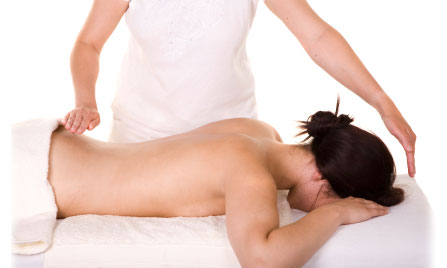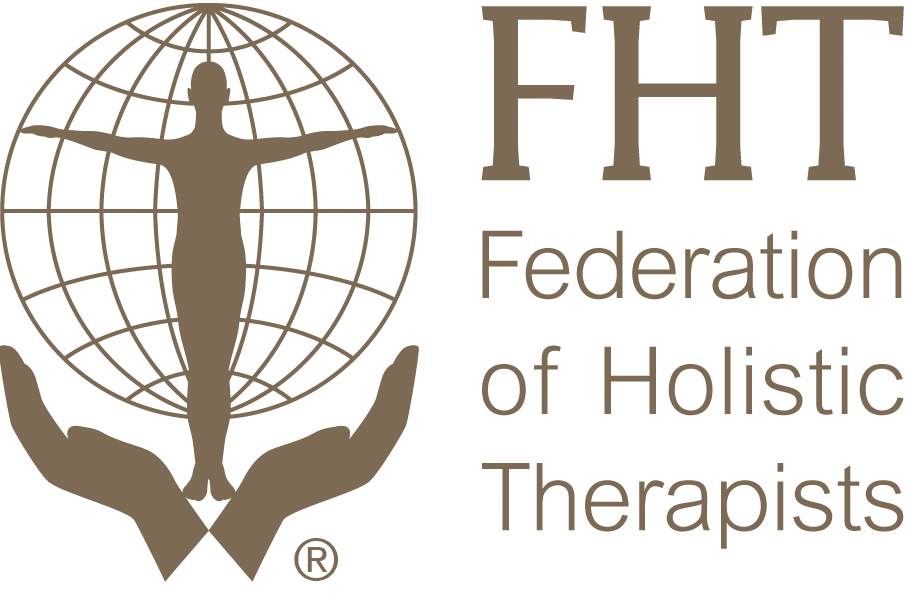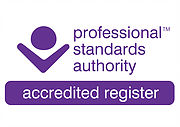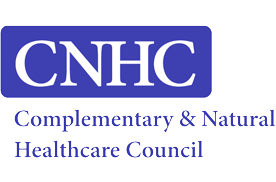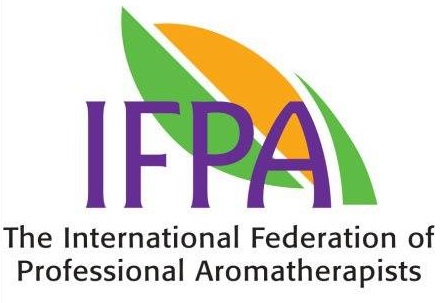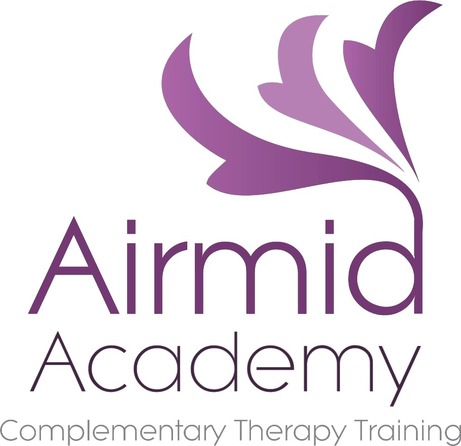- Home
- Treatments
- Body Re-alignment
- Myofascial & Connective Tissue Release (CTR)
Myofascial & Connective Tissue Release (Ctr)
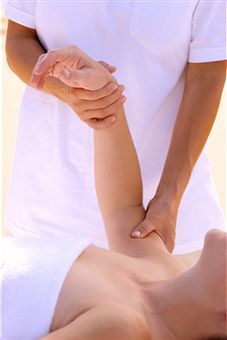
The Myofascial or connective tissue permeates the entire body, providing support and protection for the body, infusing muscles, tendons, ligaments, bones and our organic system.
Connective Tissue Release
Connective tissue is thick and fibrous and a treatment can release restrictions within the fascial network (connective tissue), enabling stuck, hardened and dehydrated areas to become pliable, soft, mobile and hydrated. CTR differs from that of muscular release in that application is much slower and deeper, often inducing profound states of relaxation.
Myofascial release (MFR) or Connective Tissue Release (CTR) works at great depth and with an exquisite level of sensitivity that allows the body to release “old trauma”.
This may occur on a physical, mental or emotional level and can be extremely liberating. Release occurs when the body is ready and treatment respects this readiness and invites but does not force release. Fascia has a memory, much as muscle does. This means that myofascial release can also create emotional releases as when we release the fascia, we can unlock memories that have been stored within the body.
Benefits of Connective Tissue Release may be:
- Reduce pain
- Feel freer and lighter
- Increase energy
- Increase breathing capacity
- Restore muscle function
- Restore postural alignment
- Promote self-healing and relaxation
- It restores the bodies own powers by improving circulation & nervous system transmission
- Unlock emotional releases
Who can benefit from Connective Tissue Release?
CTR is aimed at everyone but can be specifically helpful for:
- Athletes
- Individuals with chronic joint or muscle injuries
- Individuals who perform repetitive work that causes considerable strain on muscles & joints
- Individuals who suffer from stress, anxiety, panic attacks, PTSD etc.
- Poor posture
- Fibromyalgia and Chronic Fatigue Syndrome
- Neurological Dysfunction
- Frozen Shoulder
- Sciatica
- Carpel Tunnel Syndrome
- Whiplash
- Disc problems
- Migraines and much more
Techniques involved in Connective Tissue release may use:
- Skin rolling-lifting the fascia away from the body and releasing stuck fibres.
- Slowly sinking into tissue with the exhalation, otherwise known as “winding in” and moving only at the speed the tissue releases and no faster. Movement can be so slow it is imperceptible to the recipient.
- Slow fascial stretching, often resulting in feeling release in areas other than the focal point being worked on due to the unbroken connectivity of fascia throughout the body e.g. stretching in through the lower back can often result in feeling release through the neck or base of skull.
- Connective tissue can involve whole limb lifting and slow twisting and manipulation to release long standing habitual bodily patterns.
- Exiting the tissue otherwise known as “winding out” is just as important as being engaged with the tissue, as working at such a depth has a profound relaxation effect and thus the ease of release avoids shock to the recipient’ nervous system.
Our CTR training has been with Hugh Gilbert and he states 'Rather than attempt to go through our pain to find peace, we will attempt to allow that peace deep within us to rise to the surface'. Hugh believes it possible to often obtain faster and in many cases produce major breakthroughs with less dramatic, emotional or painful responses by preparing for and delivering the work a little differently.
As a result, CTR is best used when Kinetic Chain Release (KCR) is carried out first. This allows the body us to access your connective tissue very effectively. Hugh's techniques are such that by applying sustained pressure to affected surfaces, restrictions often resolve within minutes and with minimal discomfort.
What is involved in a CTR treatment?
A consultation is required at your first treatment; this ensures CTR is right for you. The therapist applies pressure and slowly sinks into tissue with the exhalation, otherwise known as “winding in” and moving only at the speed the tissue releases and no faster. Gentle stretches can be used on different parts of the body. A CTR session can last anywhere from 30 minutes to 1 hour and is usually always performed after KCR (which can take up to 45 minutes) lasts approximately 45 minutes and treats the whole person rather than specific symptoms.
Price: For 1 hour 30 minute KCR and CTR or Massage Treatment £75.00
For 1 Hour CTR Treatment £50.00
Note: Connective Tissue Release is not a substitute for medical treatment nor is it a diagnostic system. Always consult a GP or other health professional for medical attention and advice.
Our Location

Cloughogue,
Newry,
Co. Down
BT35 8NN
N. Ireland
Testimonials
"I've had Reflexology with Anne-Marie before. Thought I'd try Reiki and so I got a combo treatment of both. It was amazing, another level of relaxation. Plus they are a great way to try other treatm..."

 Voucher
Voucher
